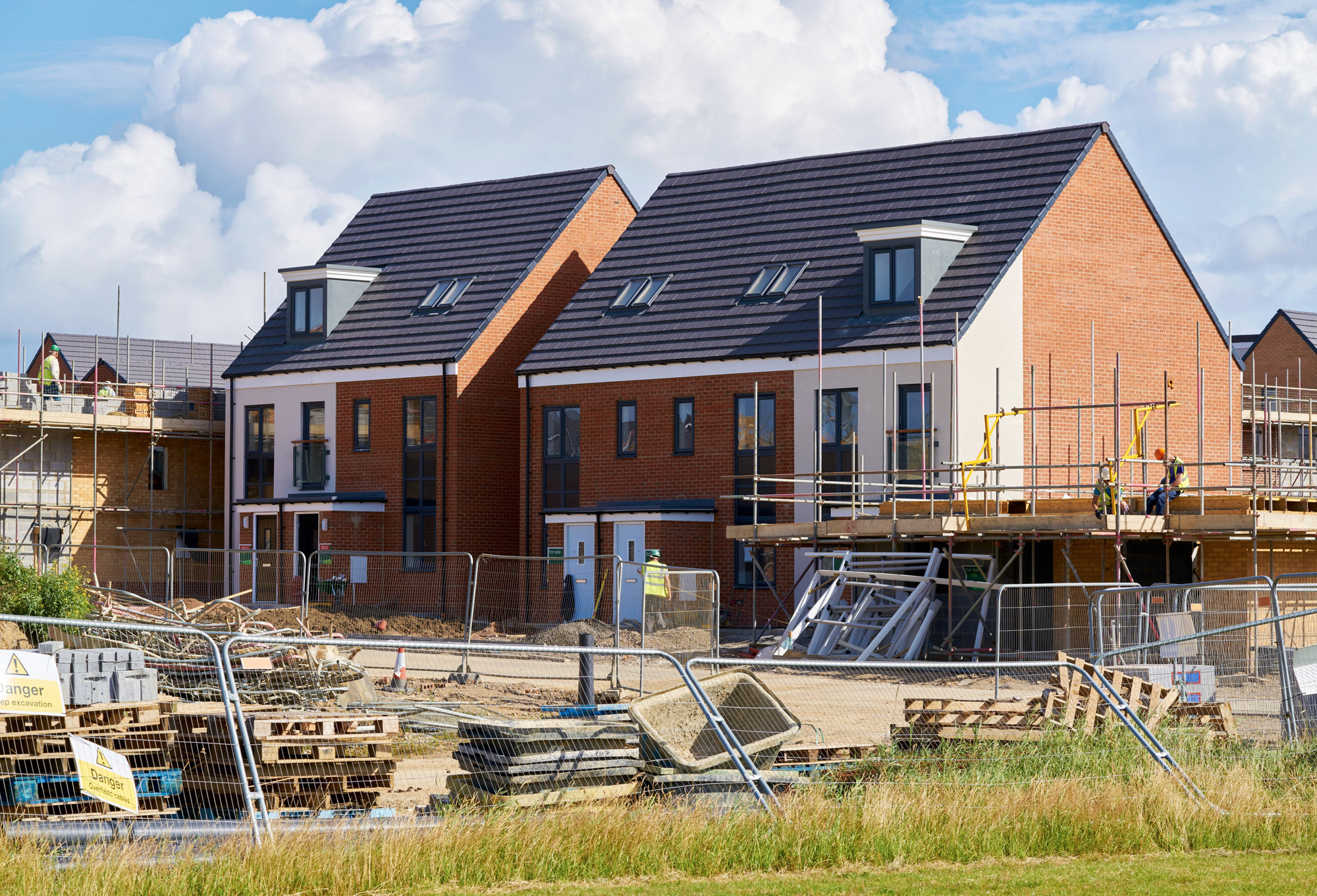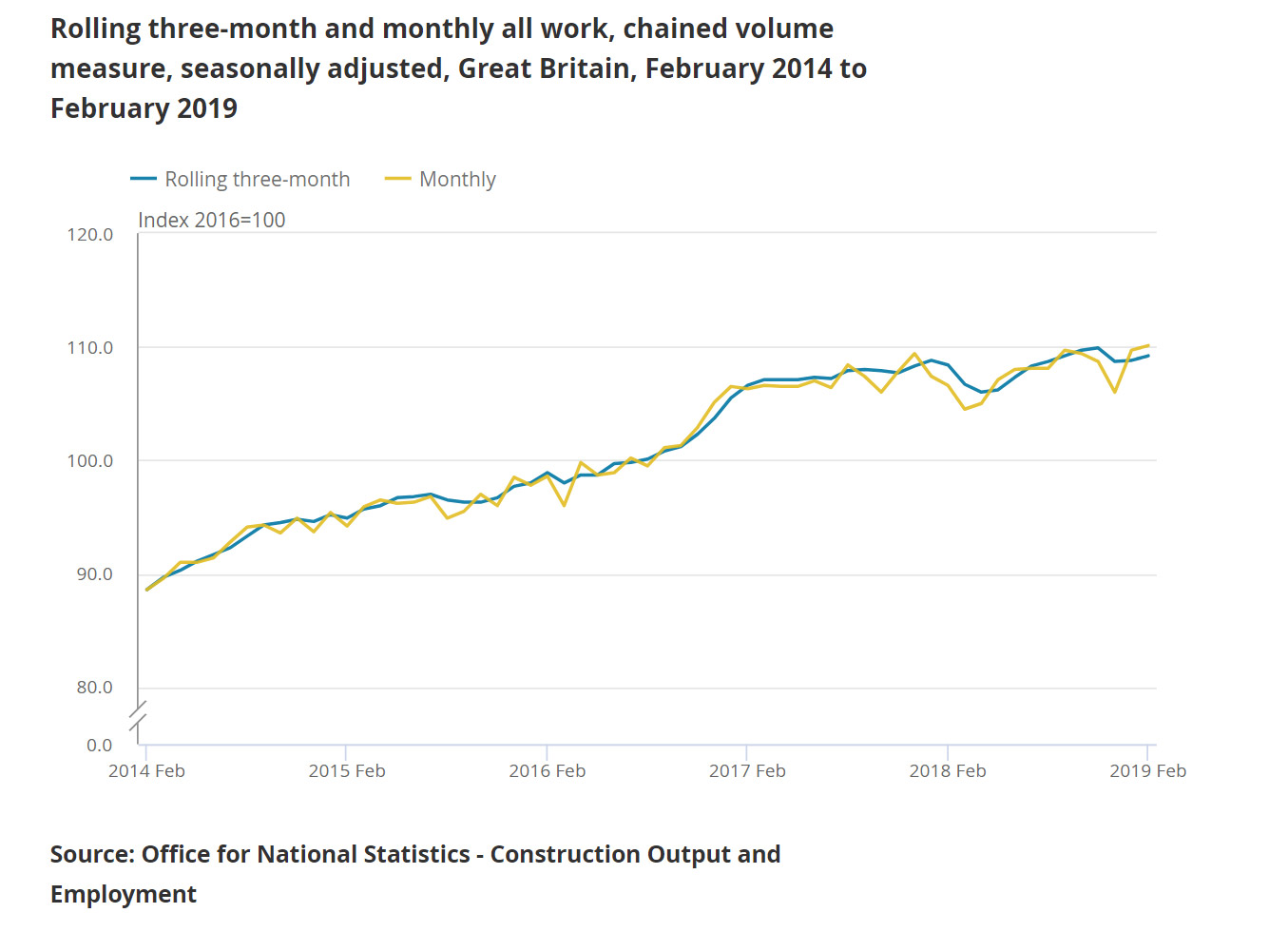5G Infrastructure
26/06/2019
A new era of 5G networks is upon us with the start of the infrastructure
being put in across the UK this year. It is the latest stage in mobile
technology and is essential in the communication of connecting buildings,
transport networks and utilities of smart cities. May saw the beginning of this
new period after the technology was switched on in six UK cities with EE
leading the way.
Gareth Elliott, Head of Policy and Communications at Mobile UK released the following statement earlier in May:
“In the coming years, it is expected the way people interact
with apps, mobile content and online services will change dramatically.
Connectivity today is focused primarily on the smartphone, but the future will
see more and more devices connected to one another. From the connected smart
home to the connected car, or the autonomous factory to remote surgery, the way
people, places and machines communicate will be vastly different. However, for
this to happen, mobile operators need to be able to build and deploy their
networks.”
There are also currently security questions around allowing
firms form other countries such as Chinese firm Huawei to build 5G networks and
infrastructure; but a different question is also in the background before we
get to the stage of who is putting the infrastructure in. How has/is the UK
planning system preparing for 5G infrastructure?
Local authorities are and always have been extremely
instrumental in working with the private sector to ensure the planning and implementation
of infrastructure projects such as the UK mobile network can be achieved. UK
Mobile have said the following on the role Councils will play:
“How local authorities interpret planning laws and street
works rules, and how they design local economic strategies has a bearing on how
efficiently mobile infrastructure can be deployed. In short, councils influence the cost of mobile infrastructure and the
speed with which it is built.”
Just 28 per cent of local plans make detailed reference to
mobile connectivity. Mobile UK found that the majority of local authorities, 87
per cent, have yet to audit their assets, whether that is land, buildings or
other infrastructure, for suitability for this digital kit required.
The report commissioned by Mobile UK showed 74 per cent of
local authorities had not applied for funding to improve connectivity and only
10 per cent of council economic strategies offer a clear view of how mobile
connectivity is crucial to future economic outcomes.
5G being rolled out across the UK is a huge infrastructure
project which we need to ensure is planned correctly in order to minimise
wastage of resource (cost) and time. It is essential in the development of the
UK.
Read the full report by Mobile UK here: http://www.mobileuk.org/central-role-for-councils-in-5g-future.html
Image: Shutterstock
Discover More











